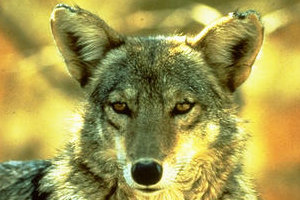 I didn’t grow up in a rural isolated town. I grew up in the San Francisco Bay Area and animals had a great deal of influence on my childhood.
I didn’t grow up in a rural isolated town. I grew up in the San Francisco Bay Area and animals had a great deal of influence on my childhood.
When asked what I wanted to be when I grew up, I always answered a tiger trainer. I loved animals and I lived in a suburb where contact with wildlife was common. My mom would go into hysterics every time my brother or I would bring home a lizard or a snake found on the way home from school. Growing up in Orinda, we had a creek that ran the perimeter of our backyard. Many days, my brother and I would scramble down its length on a grand adventure. We found fish, lizards, snakes, rodents and fresh water crawdads and most often one or two would find their way home.
When I was twelve, we moved to the adjoining town, Moraga. I ran cross-country in high school and we ran the reservoir trails often. We were told to run in packs because of the mountain lions that lived in the area. One mountain lion was seen crossing the bike trail one day in the middle of town. We had coyotes running and howling behind our house each night and a wild turkey even adopted us and lived in our backyard for over a month.
I didn’t grow up in a rural isolated town. I grew up in the San Francisco Bay Area and animals had a great deal of influence on my childhood. My family’s expert for native wildlife was the Lindsay Wildlife Museum. The museum’s goal is and has historically been to connect people with wildlife to inspire responsibility and respect for the world we share. Alexander Lindsay founded the museum in the early 1950’s. The museum started out in an elementary school and taught school children about the natural world through classes and field trips. In 1965, the museum was moved to a permanent station in Walnut Creek in Larkey park. A 5000 square foot unoccupied water pump house housed the museum and it was here were they first displayed non-releasable native animals. I have very fond memories of the pump house. I can still picture its halls and the locations of my favorite bobcat. We used to call when we had animal questions, be it an injured bird or lizard and once when a brand new fawn wandered into our yard. The Lindsay Wildlife Museum often got calls about lost or injured animals and started a rehabilitation program in 1970; it was the first program of its kind in the United States.
